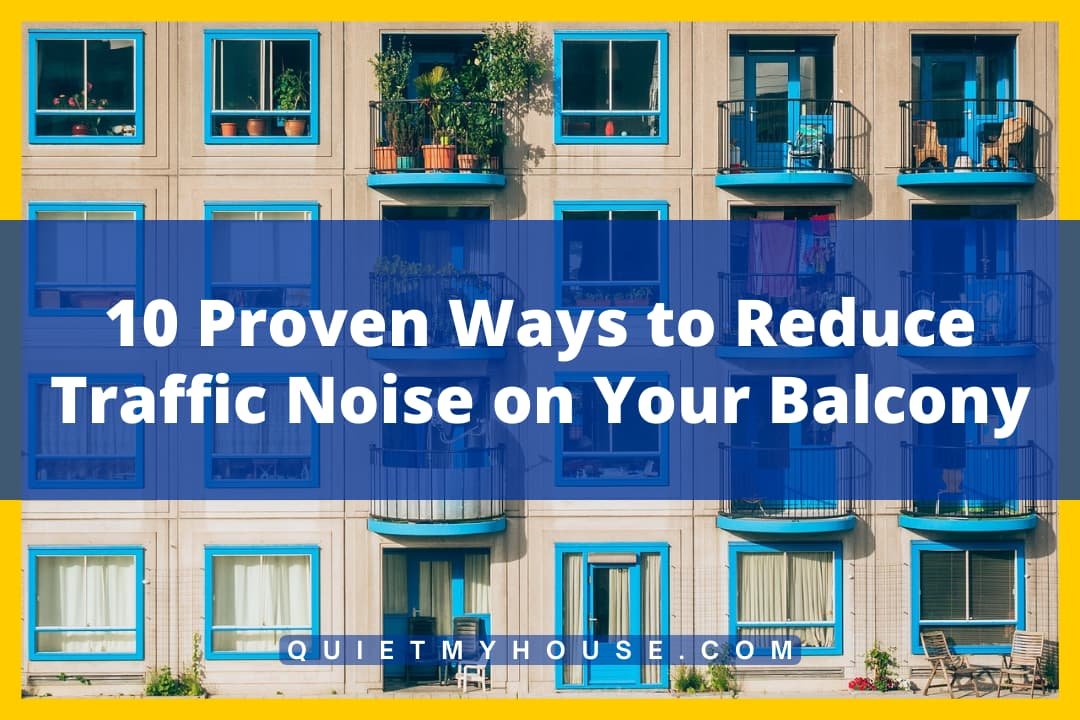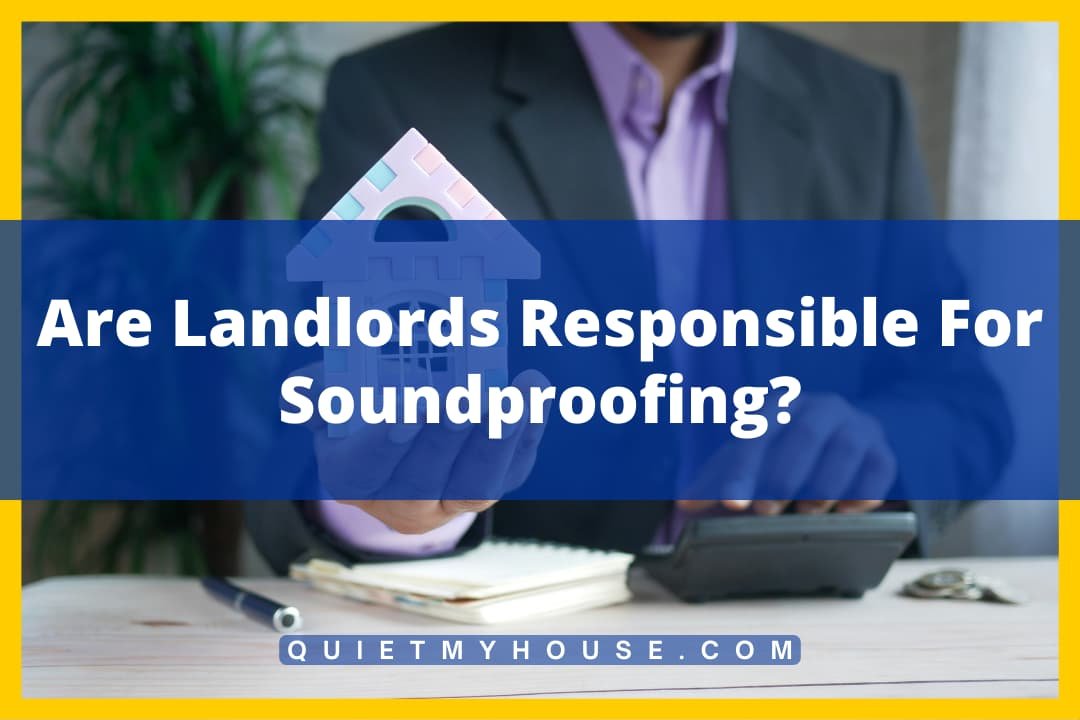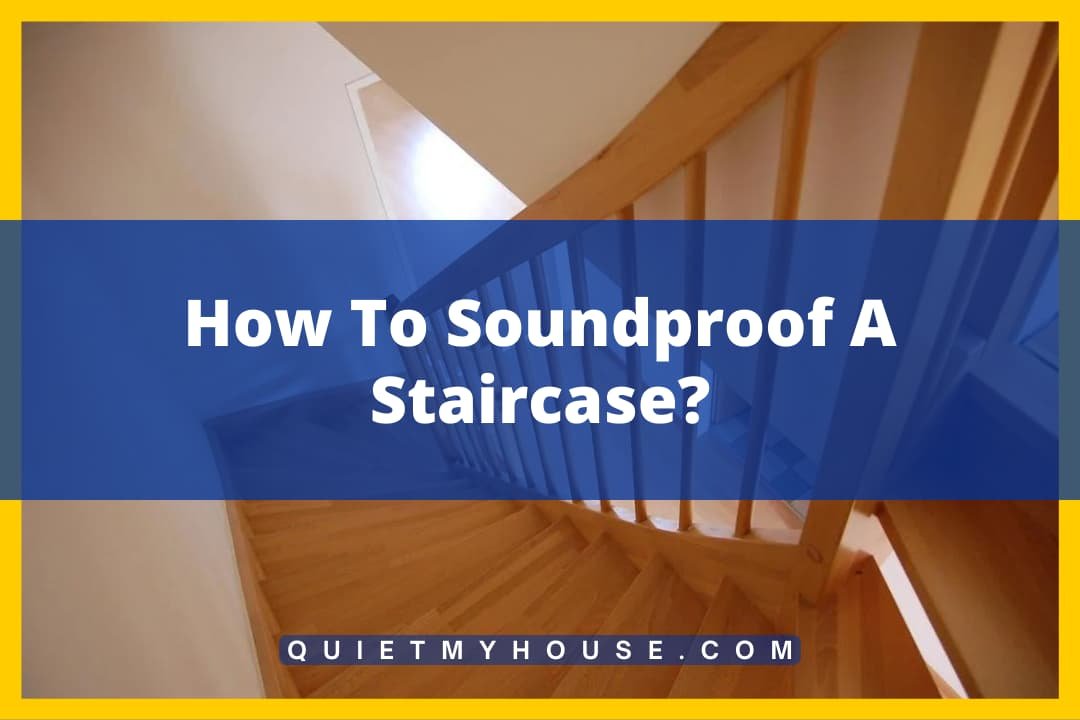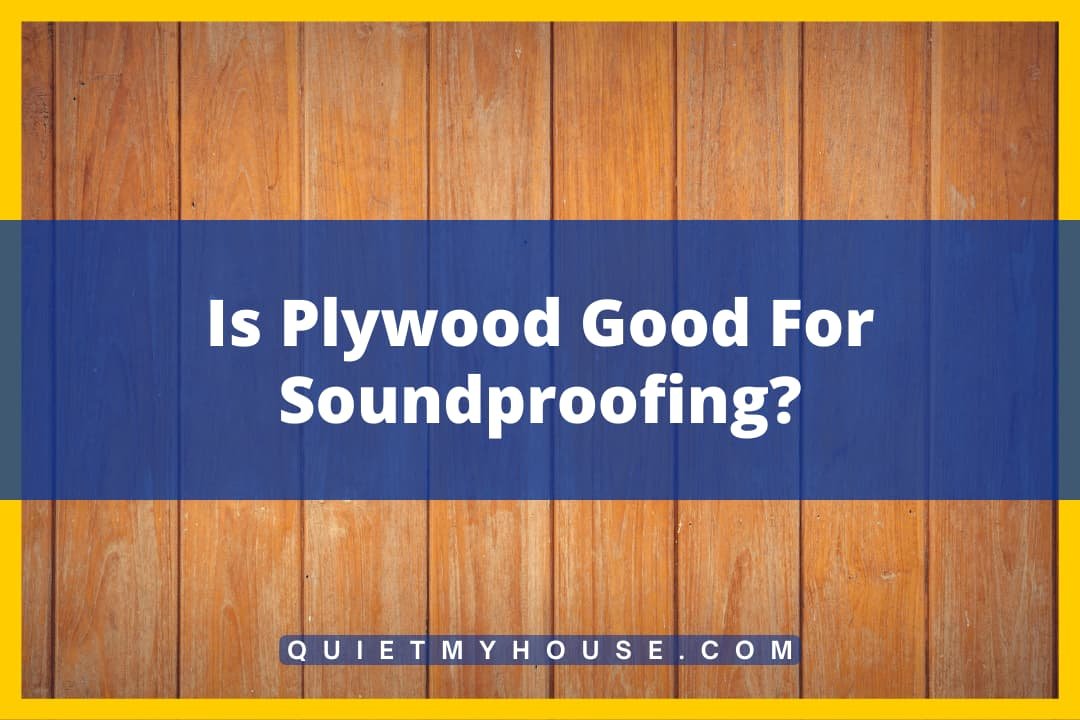Living in a bustling city comes with its perks, but it also means dealing with the constant buzz of traffic noise. If you’re seeking a peaceful retreat on your balcony, look no further – we’ve got the solution for you! Introducing “How to Reduce Traffic Noise on a Balcony?” – a comprehensive guide that will equip you with all the tips and tricks you need to transform your outdoor space into a serene oasis.
Say goodbye to the honks and sirens and hello to tranquility, all while enjoying the fresh air of your balcony. Let’s dive in and discover how you can reclaim your balcony from the clutches of urban noise pollution.
Choosing the Right Location
Evaluate the Balcony’s Surroundings
When choosing a location for your balcony, it’s important to carefully evaluate the surroundings. Look at the area surrounding your balcony and assess its proximity to high-traffic areas such as busy roads or intersections.
Being too close to these areas can result in a significant amount of noise pollution, making it difficult to enjoy your balcony space peacefully.
Assess the Distance from High-Traffic Areas
To minimize traffic noise on your balcony, consider the distance between your balcony and high-traffic areas. The farther away your balcony is from these sources of noise, the quieter it will be. If possible, choose a location that is shielded from the noise of passing cars or congested streets.
Identify Noise Barriers
Identifying potential noise barriers near your balcony can make a significant difference in reducing traffic noise. Look for natural barriers like trees or tall vegetation that can help block and absorb sound waves.
Buildings or structures can also serve as effective noise barriers, depending on their distance and height.
Consider the Orientation of the Balcony
The orientation of your balcony can play a role in the amount of traffic noise you experience. Consider the direction your balcony faces and whether it is exposed to the main road or a busy street. Choosing a balcony that faces away from noisy areas can help minimize the impact of traffic noise.
Installing Physical Barriers
Use Noise-Reducing Curtains or Blinds
Installing noise-reducing curtains or blinds is a cost-effective way to reduce traffic noise on your balcony.
These curtains are made with special materials that are designed to absorb sound waves, helping to create a quieter and more peaceful environment. Make sure to measure your balcony’s dimensions accurately to ensure a proper fit.
Install Soundproof Windows or Acoustic Panels
For those who want to invest in a more permanent solution, soundproof windows or acoustic panels can be highly effective in reducing traffic noise.
These specialized windows and panels are designed to block out external sounds, including traffic noise. They can significantly enhance the soundproofing capabilities of your balcony and improve your overall living experience.
Enhance Balcony Flooring
The type of flooring you choose for your balcony can also make a difference in reducing traffic noise. Consider using outdoor rugs or carpets to absorb sound waves and minimize noise transmission.
These soft materials can act as additional barriers and create a more comfortable and tranquil outdoor space. Another option is to install floating timber decks, which can help reduce noise vibrations and create a warm and inviting atmosphere.
Utilize Artificial Grass or Greenery
Using artificial grass or incorporating greenery on your balcony can also help reduce traffic noise. The dense texture of artificial grass or the leaves of plants can absorb sound waves and create a calming effect.
Additionally, adding potted plants or vertical gardens can introduce natural barriers that further reduce traffic noise.
Implementing Soundproofing Measures
Seal Any Gaps or Cracks
To ensure maximum soundproofing, it’s essential to seal any gaps or cracks in your balcony’s structure. Use weather-resistant sealants or caulk to seal openings where noise can penetrate.
Pay close attention to areas around windows, doors, and vents, as these are common entry points for noise.
Apply Weatherstripping on Doors and Windows
Weatherstripping is a practical and affordable way to reduce traffic noise infiltration. Apply weatherstrips around the perimeter of doors and windows to create a tight seal.
This not only prevents noise from seeping in but also helps with insulation, making your balcony more energy-efficient.
Use Draft Stoppers
Draft stoppers, also known as door snakes or draft excluders, can be placed at the bottom of doors or windows to prevent noise leakage. These long, narrow cushions are made of sound-absorbing materials and can effectively block drafts and reduce noise transfer.
Add Double Glazing to Windows
Double glazing windows are an excellent investment for reducing traffic noise. They consist of two layers of glass with an air or gas-filled space between them, providing excellent sound insulation. The extra layer of glass acts as a barrier to noise, significantly reducing its transmission into your balcony.
Install Window Inserts
Window inserts are removable soundproofing panels that fit snugly inside existing windows. These inserts are typically made of high-density materials designed to absorb and obstruct sound waves. Easy to install and remove, window inserts offer a versatile and effective solution for minimizing traffic noise.
Using White Noise or Sound Masking
Install White Noise Machines
White noise machines are electronic devices that emit a constant, soothing sound, effectively masking unwanted noise such as traffic.
These machines can be placed in your balcony area to create a consistent background sound that helps drown out traffic noise and promote a more relaxing atmosphere.
Play Ambient Sounds
Playing ambient sounds, such as gentle rain or ocean waves, can also help mask traffic noise and create a more serene ambiance on your balcony.
Numerous smartphone apps and websites offer a wide range of ambient sound options, allowing you to customize your listening experience to suit your preferences.
Utilize Music or Sound Apps
Listening to your favorite music or utilizing sound apps with calming or relaxing tunes can also help minimize the impact of traffic noise.
By providing a pleasing and enjoyable background soundtrack, you can divert your attention from the traffic noise and make your balcony a more enjoyable space.

Utilizing Natural Barriers
Plant Trees or Tall Vegetation
One of the most aesthetically pleasing ways to reduce traffic noise on your balcony is by planting trees or tall vegetation. Choose species with dense foliage and branches that can effectively block sound waves.
Not only will these natural barriers provide privacy, but they will also create a tranquil environment where you can enjoy your balcony.
Build a Living Wall or Green Screen
A living wall, also known as a green screen or vertical garden, can serve as an effective noise barrier for your balcony.
By installing a structure covered with plants and vines, you create a visually appealing barrier that absorbs and deflects sound waves. The plants act as a natural buffer, helping to reduce traffic noise and enhance the overall ambiance of your outdoor space.
Create a Water Feature
Introducing a water feature on your balcony can provide a soothing and calming effect while reducing the impact of traffic noise.
The sound of flowing water can help mask unwanted sounds and create a peaceful atmosphere. Consider installing a small fountain or water wall to enhance the tranquility of your balcony.
Modifying Balcony Furniture and Decor
Use Sound-Absorbing Materials for Furniture
When selecting furniture for your balcony, opt for items made from sound-absorbing materials. Fabrics like velvet or wool can help minimize noise transmission and create a quieter seating area. Avoid furniture with hard surfaces or materials that reflect sound, as these can amplify traffic noise.
Hang Sound-Absorbing Wall Decor
Decorating your balcony with sound-absorbing wall decor can provide both aesthetic appeal and noise reduction benefits.
Consider hanging tapestries, curtains, or acoustic panels on your balcony walls to absorb sound waves and create a quieter environment. These decorative elements can complement your outdoor space while making a significant impact on reducing traffic noise.
Place Cushions or Pillows Strategically
Adding cushions or pillows to your balcony furniture can help absorb sound and reduce noise reflections. Choose cushions with thick padding and upholstery made from sound-absorbing materials.
Strategically placing these cushions around your seating areas can improve the overall acoustic experience on your balcony.
Opt for Solid or Heavy Furniture
Solid or heavy furniture items can act as barriers and help dampen traffic noise. Opt for furniture made from materials such as wood or metal, as these have better sound absorption qualities compared to lightweight materials like plastic or wicker. Choose furniture with sturdy construction to maximize its sound-blocking capabilities.
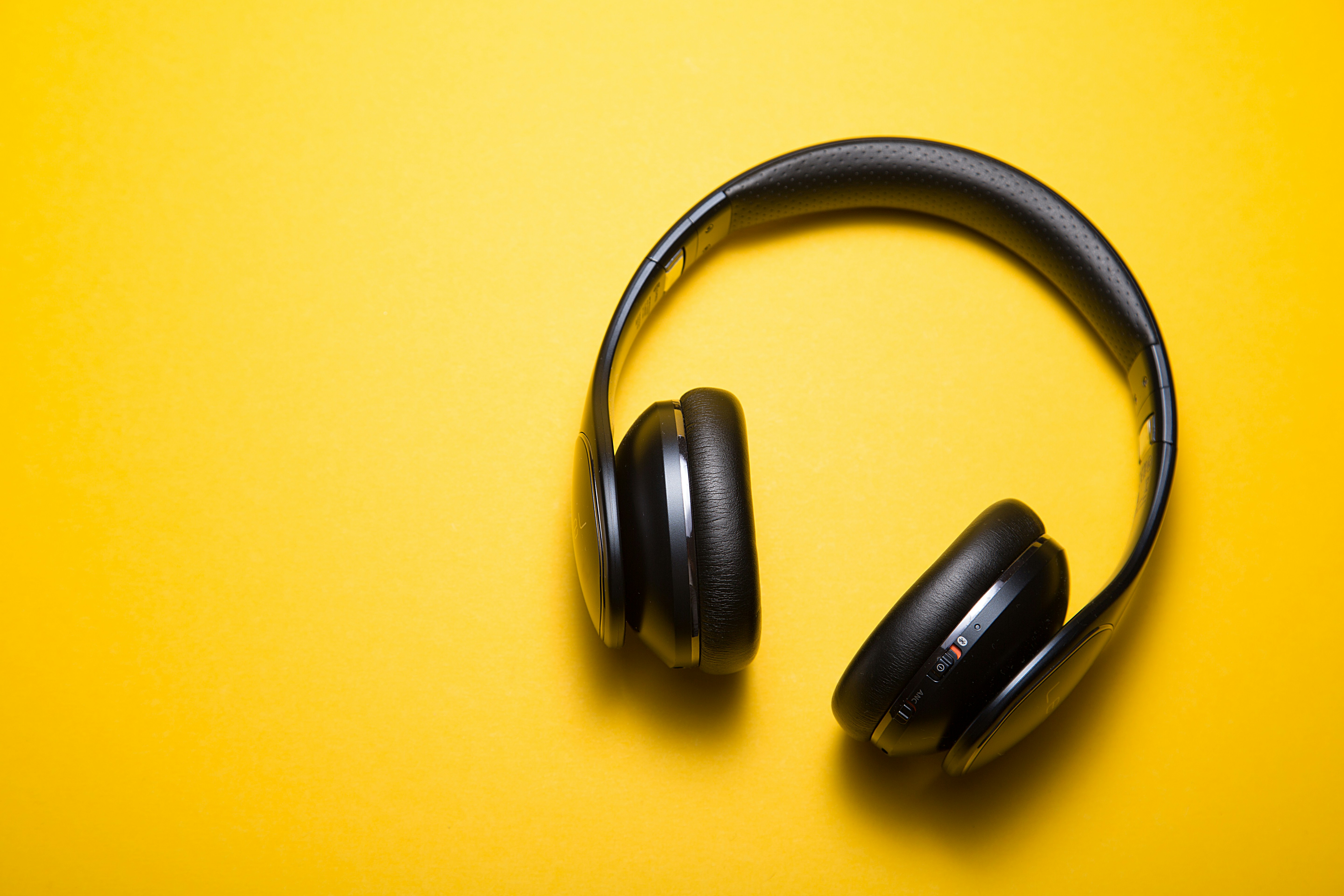
Implementing Quiet Local Regulations
Research Local Noise Regulations
Before making any modifications to your balcony or implementing soundproofing measures, research and familiarize yourself with your local noise regulations.
Some cities or communities may have specific rules and guidelines regarding noise control. Understanding these regulations can help you make informed decisions and ensure compliance with local laws.
Communicate with Municipal Authorities
If traffic noise on your balcony becomes a significant issue, consider reaching out to your municipal authorities. They may be able to provide guidance or suggestions on how to address the problem.
Engaging with local authorities demonstrates your commitment to finding a solution and may lead to additional resources or support in your noise reduction efforts.
Consider Soundproofing Alternatives
Explore Noise-Canceling Devices
For individuals seeking a more personal solution, noise-canceling devices can be an effective option. These devices work by electronically analyzing and reducing unwanted noise, providing a quieter listening environment.
Noise-canceling headphones or earbuds are particularly useful in blocking out traffic noise, allowing you to enjoy your balcony without disturbance.
Investigate Soundproofing Solutions for Glass Balustrades
If your balcony has glass balustrades, investigate soundproofing options specifically designed for this feature. Laminated glass or acoustic laminates can be applied to the existing glass panels to enhance their noise reduction properties.
These solutions can significantly minimize traffic noise while maintaining the aesthetic appeal of your balcony.
Hire Professionals for Balcony Soundproofing
If you want to ensure the highest level of soundproofing and are willing to invest in professional assistance, consider hiring soundproofing specialists.
These professionals have the expertise and knowledge to assess your balcony’s specific needs and recommend the most effective solutions. With their help, you can achieve optimal noise reduction and create a tranquil balcony space.
Practice Lifestyle Adjustments
Alter Balcony Usage Hours
If possible, consider adjusting your balcony usage hours to coincide with periods of lower traffic activity. Early mornings or late evenings are generally quieter times when traffic noise is minimal.
By adapting your balcony routine to take advantage of these quieter periods, you can enjoy a peaceful outdoor space.
Implement Traffic Diversion Strategies
If you live in an area with heavy traffic, you can explore strategies to divert or minimize traffic near your balcony.
Engage with your community or local authorities to discuss potential traffic-calming measures, such as speed bumps, traffic signs, or alternative routes. Taking an active role in advocating for traffic diversion can help create a more tranquil environment for your balcony.
Maintaining Regular Balcony Inspections
Check for Noise Entry Points
Regularly inspect your balcony for any new noise entry points that may have developed over time. Look for any gaps, cracks, or openings that could allow traffic noise to penetrate.
Promptly seal any new gaps or reinforce existing soundproofing measures to maintain an effective barrier against traffic noise.
Monitor the Effectiveness of Soundproofing Measures
Keep track of the effectiveness of your chosen soundproofing measures. Regularly assess the noise level on your balcony to determine if any adjustments or additional measures are necessary.
Understanding how well your soundproofing solutions are working will ensure that you can enjoy a peaceful and quiet outdoor space.
Address Any Wear or Tear Promptly
Over time, wear and tear can impact the performance of your soundproofing measures. Inspect the condition of your balcony flooring, furniture, and soundproofing materials regularly.
Address any signs of deterioration or damage promptly to maintain the effectiveness of your noise reduction strategies. Regular maintenance will ensure your balcony remains a peaceful retreat from traffic noise.
Reducing traffic noise on your balcony may require a combination of measures tailored to your specific situation.
By taking proactive steps to evaluate your surroundings, install physical barriers, implement soundproofing measures, utilize natural barriers, modify furniture and decor, follow local regulations, consider alternatives, practice lifestyle adjustments, and conduct regular inspections, you can create a quiet and enjoyable outdoor space.
With the right strategies in place, you can transform your balcony into a peaceful retreat that allows you to fully relax and enjoy your surroundings.

